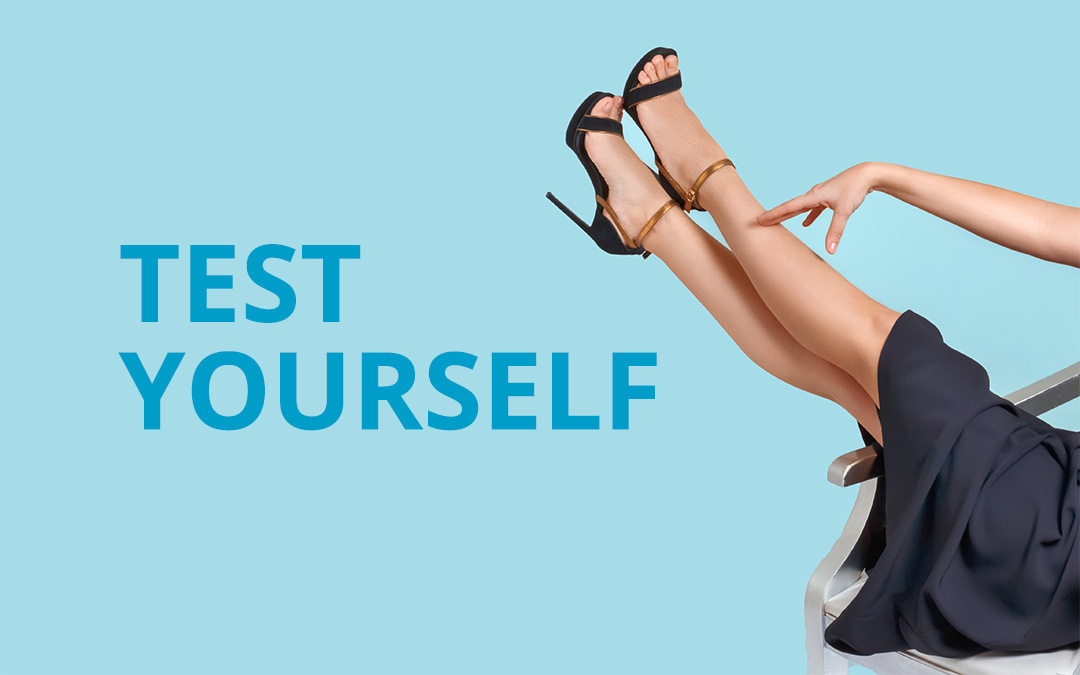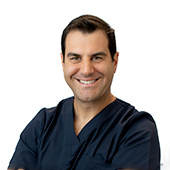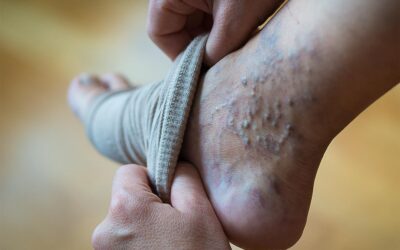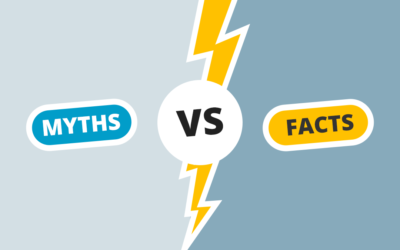If you or someone you love have suffered from varicose veins, you might be surprised at just how much you know. Take the test!
1. What causes varicose veins?
- Crossing your legs which impedes circulation in the legs.
- Wearing high heels, which is bad for blood circulation in the legs.
- It runs in the family and is aggravated by standing for long periods of time.
- All of the above.
See the answer
c. It runs in the family, aggravated by standing for long periods of time.
Crossing your legs is commonly thought to be the cause of varicose veins, but there’s no evidence to support this. High heels are not the culprit either, although they are bad for your feet and back and your podiatrist would protest.
Varicose veins are caused largely by genetic factors, although they are accelerated by standing still for long periods of time. They do not discriminate by sex either, both men and women experience varicose veins commonly between the ages of 34 and 64. But in women, they may appear or worsen after fluctuations in hormones, such as adolescence, pregnancy, or menopause.
2. What is happening on the inside of a bulging varicose vein?
- Swelling in the legs creates bottlenecks in the veins, stopping the blood from getting through. Blood collects in one part of the vein, and it bulges out.
- Some veins are thicker than others and bulge out on the surface of the skin.
- The one-way valves inside the vein stop working and prevent blood from being pumped forward. The blood leaks backwards and the vein bulges out.
- A build-up of toxins in certain sections of vein, causing the vein to engorge.
See the answer
c. The one-way valves inside the vein stop working and prevent blood from being pumped forward. The blood leaks backward and the vein bulges out.
All veins have one-way valves that assist in moving blood back toward the heart. Varicose veins develop when the valves don’t work properly. Blood can no longer flow in its designated normal direction and begins to leak backwards, through the defective valves. Blood collects in the vein, making the wall stretch and bulge over time, becoming visible on the skin surface.
3. Apart from ongoing pain and swelling, what are the complications of untreated severe varicose veins?
- Deep vein thrombosis (DVT) or superficial thrombophlebitis (STP)
- Sores or ulcers on the skin near the problem vein
- Eczema on the skin near the problem vein
- All of the above
See the answer
d. All of the above
Patients with severe or chronic venous disease may have signs like venous eczema (venous dermatitis), swelling in the leg (oedema), discolouration of the skin (hyperpigmentation), thickening of the skin (lipodermatosclerosis), and break down of the skin barrier, particularly around the ankle, causing open sores or ulcers.
When varicose veins aren’t treated, these symptoms can become worse with advancing age.
Lipodermatosclerosis can seriously affect the health of the lower leg and lead to complications such as severe inflammation (phlebitis) and infection (cellulitis). Varicose veins can form clots (thrombophlebitis) and venous ulcers can be troublesome and difficult to treat, particularly when they bleed, weep, or become infected.
4. Can varicose veins be prevented?
- Yes, if you moisturise regularly with coconut oil and take horse chestnut extract
- No, if it runs in your family, it’s highly likely you’ll get them too
- Yes, if you drink plenty of water and eat a fibre-rich diet
- Yes, weight loss reverses the vein damage.
See the answer
b. No, if it runs in your family, it’s highly likely you’ll get them too
You can’t prevent varicose veins. Varicose veins occur more frequently in people who have a strong family history and symptoms may worsen with occupations that require prolonged standing.
However, you may slow development or relieve symptoms of varicose veins by wearing compression stockings during the day, avoiding standing still for long periods of time, maintaining a healthy weight, elevating your legs on a footstool, etc.
Learn more about how to relieve and slow varicose veins here
5. There are lots of home remedies recommended for curing varicose veins, do any of them work?
- Horse chestnut extract rubbed on the skin
- Apple cider vinegar compresses
- Green tomatoes bandaged over the problem veins several times a day
- Witch hazel cream or compress
- A diet rich in Flavonoids
- None of the above
See the answer
f. None of the above
Unfortunately, none of the common home remedies can cure varicose veins. In some cases, they may relieve the symptoms, for example, a cooling compress can relieve pain and swelling; oils and moisturiser may relieve itching from venous eczema in the short term, but when you wake up tomorrow, you’ll still have varicose veins. Home remedies are not a cure. Varicose veins do not heal by themselves, medical intervention is required.
6. What’s the best and least invasive way of getting rid of varicose veins?
- Stripping Surgery: General anaesthetic and generally an overnight stay. The procedure involves cutting along the length of the vein and cutting the problem section out, then stitching up the incision.
- Ultrasound Guided Sclerotherapy: Local anaesthetic, procedure 1 hour approx. An ultrasound maps abnormal veins; problem veins are injected with a special foam sclerosant. Over time the vein collapses on itself and is gradually absorbed by the body.
- Endovenous Laser Ablation: Local anaesthetic, procedure 1 hour approx. A laser fibre is inserted into the abnormal vein, laser energy damages the vein walls, shrinking and closing the faulty vein so that the blood cannot flow through it.
- Medical glue. Problem veins are glued closed, they veins harden, and are absorbed into the body.
- b, c, and d
See the answer
e. b, c, and d
The good news about new laser technology and modern sclerotherapy techniques is that patients do not require hospital admission or general anaesthetic and can walk in and out in under an hour. Modern treatments are effective and have a high success rate without downtime.
Bonus question:
True or false?
Varicose veins come back, even after modern non-surgical treatment
True – They will, unfortunately, re-emerge just like with vein stripping surgery
False – They are generally gone for good when treated with modern, non-surgical treatment
See the answer
False – Varicose veins are generally gone for good when treated with modern, non-surgical treatment
With past methods of vein removal, such as vein stripping surgery, varicose veins did re-emerge. Non-surgical procedures like laser and modern sclerotherapy are combined with ultrasound to completely map out the size and location of all diseased veins – many of which are beneath the skin and not visible. By being able to see these hidden diseased veins, the root cause (feeder veins) can be eliminated and prevent most recurrences. No procedure, however, can prevent new veins from forming.






